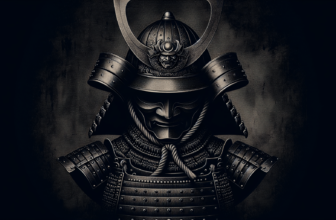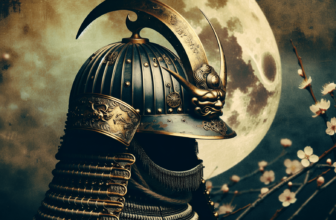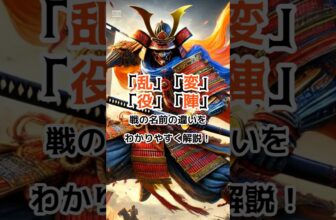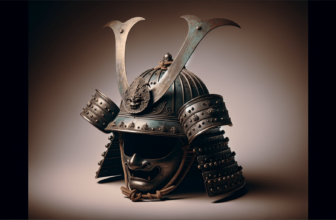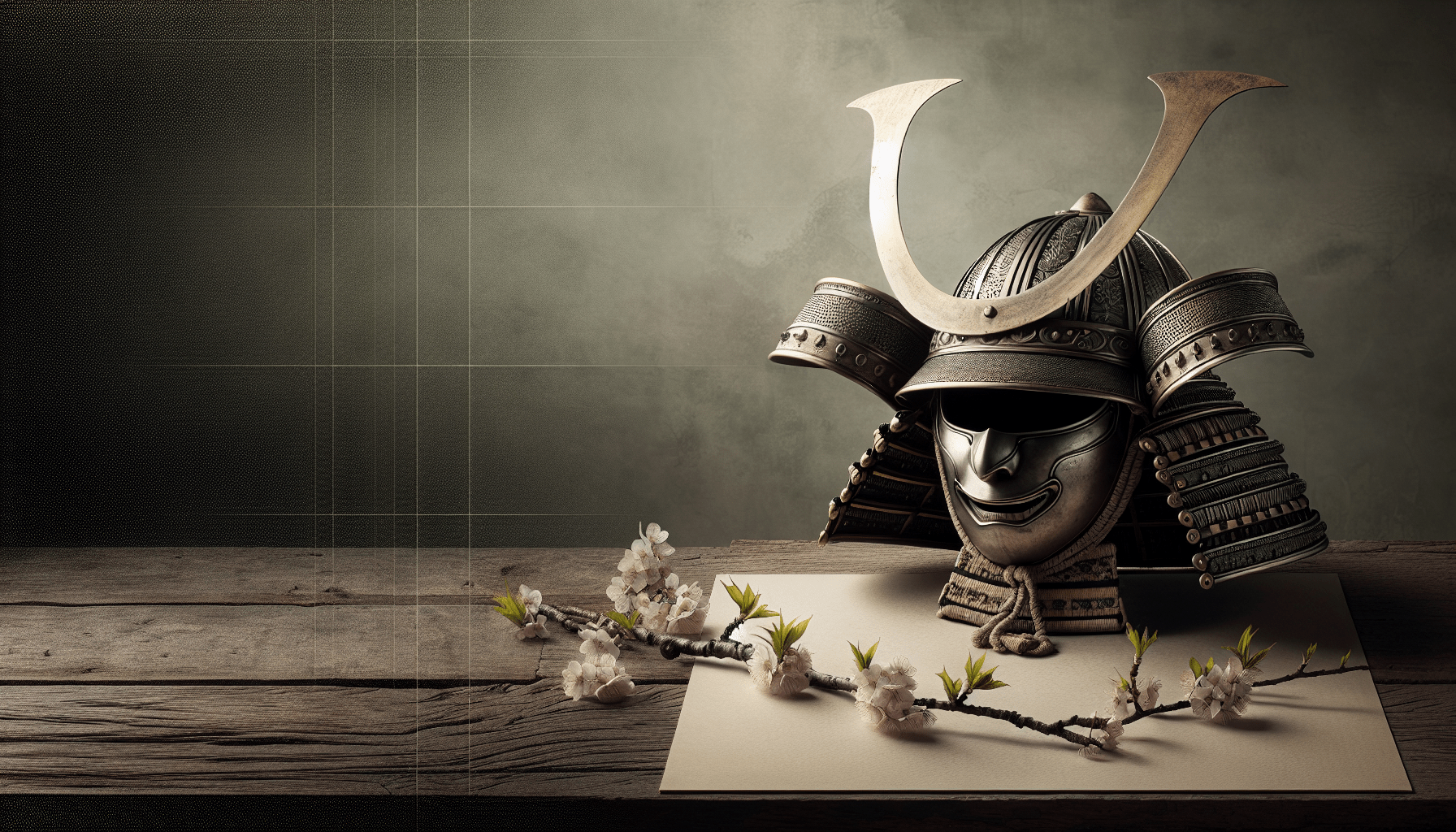
What do you think when you see a samurai helmet? Do you marvel at its intricate design and think about the remarkable history that comes with it? Samurai helmets, or kabuto as they are known, are an iconic representation of Japanese culture and warfare. Not only are they aesthetically striking, but they also serve as a testament to the ingenuity of the samurai era. In particular, the materials used in crafting these helmets played a crucial role in their durability and effectiveness. Let’s take a closer look at what made these armors so strong and long-lasting.
The Significance of Samurai Helmets
Samurai helmets were not merely functional items; they were symbols of status and identity. Wearing a kabuto signified rank and honor within the samurai class. Each helmet was often uniquely crafted to reflect the personal style of the samurai, making them not only practical but also artistic expressions.
Function Over Form
While the beauty of these helmets cannot be denied, their primary function was to protect the wearer. The construction of samurai helmets involved various techniques and materials that ensured durability.
Key Materials Used in Samurai Helmets
When it comes to samurai helmets, several materials stand out due to their strength and durability. Below, we will break down these materials to show you why they were chosen.
Iron
Iron was one of the most commonly used materials in the construction of kabuto. It was selected due to its strength and ability to withstand weapon impacts. Iron helmets could vary in thickness and were often combined with other materials to enhance their protective quality.
Advantages of Iron
- Strength: Iron is exceptionally strong and capable of withstanding blows.
- Malleability: This quality allowed artisans to mold it into intricate shapes.
- Availability: Iron was relatively abundant in ancient Japan.
Leather
Leather was frequently utilized alongside iron to create samurai helmets. It provided flexibility that iron alone could not offer. The blend of materials allowed for unique designs and added comfort for the wearer.
Advantages of Leather
- Lightweight: Leather made helmets more comfortable for prolonged use.
- Flexible: It allowed for more intricate designs without compromising protection.
- Shock Absorption: Leather provides a degree of impact resistance.
Lacquer
Lacquer was not only decorative but also functional. It was used to coat helmets made of other materials, providing a waterproof seal and protecting the underlying surface from rust and damage.
Advantages of Lacquer
- Water Resistance: Protects against moisture damage.
- Aesthetic Appeal: Provides a glossy finish that enhanced visual appeal.
- Corrosion Resistance: Helped prevent rust, particularly on iron helmets.
Copper and Bronze
Though less common than iron, copper and bronze were still utilized in constructing samurai helmets. These metals provided a different aesthetic and could be used as decorative elements.
Advantages of Copper and Bronze
- Corrosion Resistance: These metals naturally resist rust and tarnishing.
- Tradition: Some families favored them for their traditional values and history.
Silk and Fabric
Fabrics, particularly silk, were often used in the interior linings of helmets. They provided comfort and ventilation, which was essential for effectiveness during long battles.
Advantages of Silk and Fabric
- Comfort: Prevented chafing and irritation when worn for extended periods.
- Breathability: Allowed for better airflow, reducing heat and discomfort.
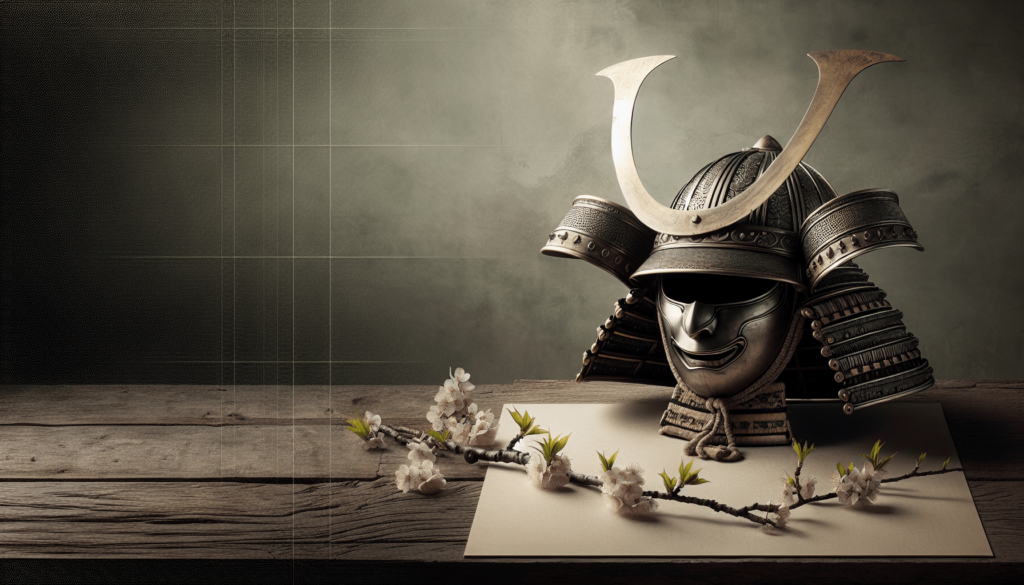
Craftsmanship Techniques
Durability in samurai helmets was not only about the materials but also the craftsmanship involved in their creation. Japanese artisans developed various techniques that greatly enhanced the longevity of these armors.
Steel Folding Techniques
In the early days, craftsmen used a process similar to that of making katana (swords) to create kabuto. The steel would be folded multiple times; this practice improved toughness and resilience.
Benefits of Steel Folding
- Increased Strength: More layers of steel meant a more powerful shield against attacks.
- Improved Flexibility: Folding allowed for better shaping of the helmet.
Layering and Multi-Material Construction
Japanese helmet makers often used layered materials to improve durability. A helmet could be crafted using iron, leather, and lacquer, all working together to provide protection.
Benefits of Layering
- Enhanced Protection: Different materials complement each other, providing combined defenses.
- Aesthetic Variability: Allowed for unique designs based on material combinations.
Cultural Impact
The durability and design of samurai helmets extend beyond practical aspects; they also maintain significant cultural importance in Japan.
Symbol of Status
Having a finely crafted kabuto signified not just a warrior’s prowess but also their standing within samurai society. The more intricate the design and the higher quality of materials used, the greater the respect conferred upon the wearer.
Artistic Expression
Artisans would often engrave elaborate designs or add additional decorations to samurai helmets. This artistry contributed to the rich tapestry of Japanese culture, showcasing the blending of functionality and beauty.
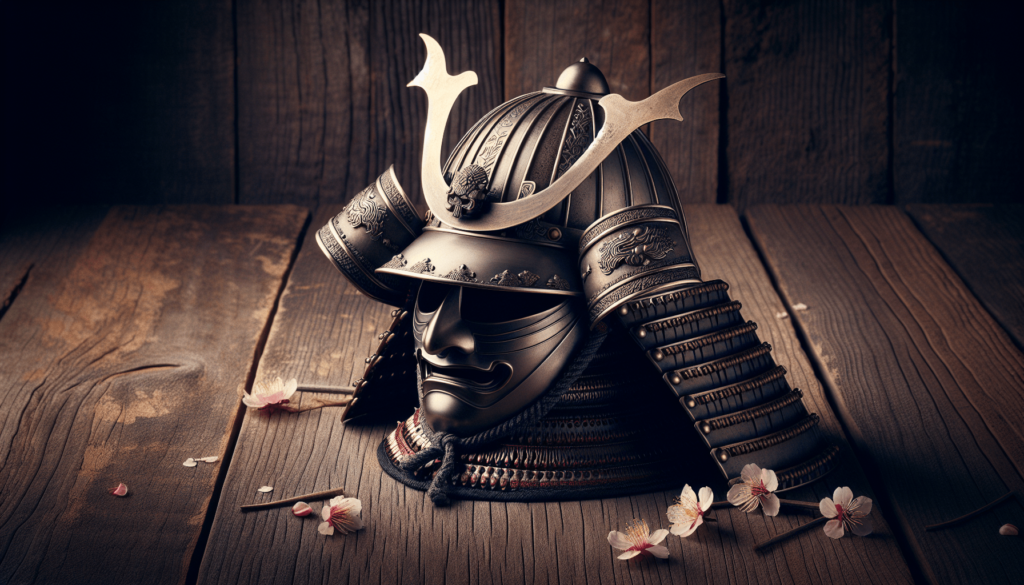
Modern-Day Relevance
Today, samurai helmets continue to influence modern design and culture. Their durability and unique aesthetics serve as inspiration for contemporary artists and designers.
Collectibility
Many collectors seek authentic samurai helmets as historical artifacts. A well-preserved kabuto can fetch a high price, serving as a tangible reminder of Japan’s warrior past.
Inspiring Modern Armor
The techniques utilized in ancient samurai helmet construction have inspired modern helmet designs in various fields, including sports and military applications.
Conclusion
So, what were the most durable materials used in samurai helmets? The unique combination of iron, leather, lacquer, and fabric all contributed to the long-lasting nature of these remarkable pieces of armor. Each material brought its own strengths, allowing for a beautifully crafted item that blended functionality with artistic expression.
The craftsmanship, cultural significance, and enduring appeal of these helmets make them a compelling topic for anyone interested in history, art, or traditional craftsmanship. They remind us that durability often lies not only in the materials used but also in the techniques and philosophies of those who create. Choosing the right materials and mastering their use is what allowed samurai helmets to stand the test of time, both in terms of warfare and as lasting cultural symbols.
In reflecting on the legacy of samurai helmets, you can appreciate how they exemplify the intersection of art, functionality, and history. Every time you encounter one of these stunning artifacts, you can recognize the strength, skill, and cultural depth that define their existence. How fascinating is it to think that these helmets can tell stories spanning centuries?



